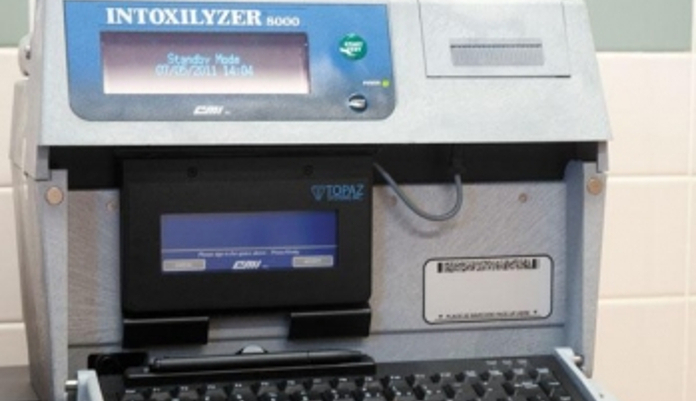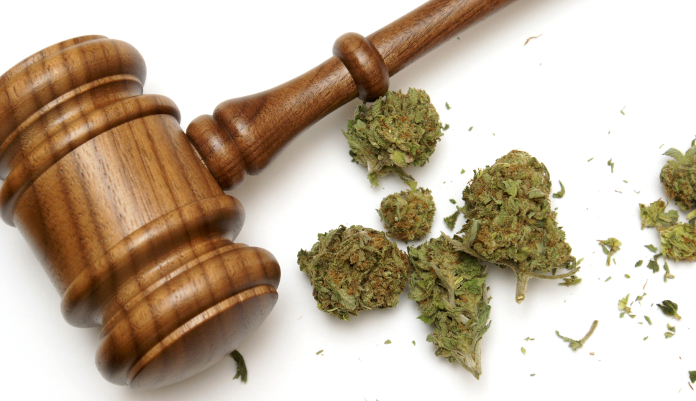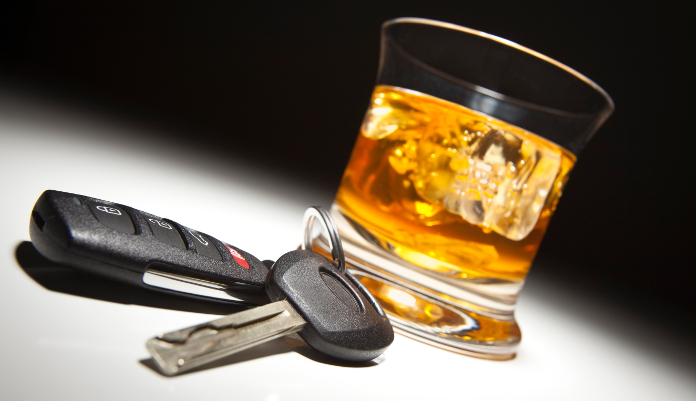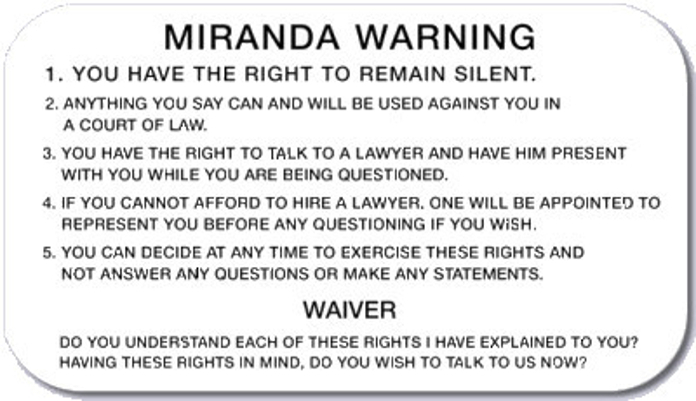1. Definition of a DUI Charge
You may find yourself facing a DUI, short for “Driving Under the Influence.” The same charge has other acronyms:
- OVI (Operating a Vehicle while Intoxicated),
- OMVI (Operating a Motor Vehicle while Intoxicated),
- DWI (Driving While Intoxicated), or
- Drunk Driving.
Ohio’s DUI statute is found in Ohio Revised Code (R.C.) 4511.19(A). When it comes to alcohol, there are two basic ways a person may be charged:
- Under the Influence: R.C. 4511.19(A)(1)(a) states that no person shall operate any vehicle…if, at the time of operation, the person is under the influence of alcohol, a drug of abuse, or a combination of them. To be “under the influence” means that the person’s nervous system, brain or muscles were impaired, to a noticeable degree, to operate the vehicle.
- Prohibited Concentration: Subsections (A)(1)(b)-(e) define prohibited levels of alcohol in the breath (.08 grams alcohol/210L breath), blood, urine and plasma. Regardless of impairment, if the amount of alcohol in the person exceeds the prohibited concentration, they are guilty of the violation.
Mansfield’s parallel charges are found in Mansfield Municipal Code 333.01(a)(1)(A) and 333.01(a)(1)(D) (prohibited concentration, breath).
2. “High Tier” or Super DUI; Other Chemicals
The statute provides additional penalties for being excessively over the prohibited concentration level, being "high tier" or “Super DUI” (.17 grams alcohol/210L breath). Super DUI charges have enhanced penalties that essentially double the minimum mandatory penalties for a regular “low tier” DUI. It also provides prohibited concentration levels for various drugs: amphetamine, cocaine, heroin, LSD, and marijuana.

3. What happens during an OVI Traffic Stop
If a law enforcement officer observes a traffic violation, or if the officer can articulate driving that reasonably appears to constitute impaired driving, he might conduct a traffic stop. Officers will typically note in their general offense reports statements like the suspect had bloodshot, glassy eyes, slurred speech, or the odor of alcoholic beverage on his/her breath or person. Making such observations will ordinarily enable the officer to administer standardized field sobriety tests (SFSTs).
An officer may sometimes offer the suspect to submit to an optional Portable Breath Test (or PBT). These are not scientifically reliable. Further, they are inadmissible in court. They can be suggestive of the suspect’s condition. There is not a strong reason to submit to the PBT because the officer may continue the standardized field sobriety tests if there is alcohol content and he suspects impairment. I have seen cases where the suspect is below .08 on the PBT but the officer proceeds with the standardized field sobriety tests. Further, officers routinely will report the results of the PBT in the police report, despite the inadmissibility of the test in court. The test is more for the benefit of the officer so that he knows what he's dealing with.
4. A look at Standardized Field Sobriety Tests
In an alcohol-related OVI traffic stop, the officer will look for clues of impairment as he/she administers the horizontal gaze nystagmus (or HGN) test, the walk and turn test, and the one legged stand. The requirements of administering the test must be substantially complied with, and the manner in which they must be administered is clearly defined by the National Highway Traffic Safety Administration, or NHTSA. The tests are complex. The officer will observe the suspect perform the tests, looking for “clues of impairment.” The more clues that exist, the more likely the officer is permitted to conclude that the suspect’s blood alcohol content (BAC) exceeds the prohibited concentration. For example, NHTSA claims that failure of a properly administered HGN test indicates a BAC in excess of .10 in 77% of cases.
5. Arrest
Upon completion of the tests, the officer has the discretion to make an arrest if he/she believes that probable cause exists that the suspect committed a violation of R.C. 4511.19. The officer also has the discretion as to how to handle the removal of the vehicle. If drugs are suspected, the officer may use the arrest as an opportunity to tow the vehicle and conduct an “inventory search” to search the contents of the suspect’s vehicle for additional evidence of criminal activity. If the suspect is extremely polite and has his or her wits about them, it is possible that the officer might release the vehicle to a sober friend or family member.

6. The Breathalyzer: "Scientific" Chemical Tests
Ultimately, the suspect, once arrested, may be offered to submit to a formal, “scientific” chemical test such as the Intoxilyzer 8000. There are numerous requirements before administering the test; for example, the officer must monitor the suspect for 20 minutes prior to the test to ensure that the suspect does not have/put anything in his/her mouth. The machine must be properly calibrated and records thereof maintained. The machine has a margin of error of .005. If you are requested to submit to this test and found to have been over .08, you definitely need trained legal representation. The test may be successfully challenged. Here is a great example of a recent challenge to the Intoxilyzer 8000.
7. Failure or Refusal of Test: Administrative License Suspension and Consequences
Implied consent laws require an Ohio driver to submit to the test. Refusal to do so will result in a mandatory Administrative License Suspension (or ALS) of one year duration for the first refusal. While that may sound steep, if the suspect has good reason to believe that he is over the legal limit (prohibited concentration), it may be advisable to refuse the test. Submission of a breath sample may lead to increased chance of conviction of OVI. If your driver's license is suspended by way of administrative license suspension, you are elibile to receive occupational driving privileges (or "driving rights") after 15 days for a failed chemical test and after 30 days in the event of the first refusal to submit to a chemical test. An attorney can help you get driving privileges.
8. Penalties: Conviction of OVI/DUI/DWI
If you are convicted of OVI/DUI/DWI, you should be aware of the minimum mandatory and maximum penalties. First, minimum mandatory penalties for a first offense of OVI/DUI/DWI are as follows:
- Mandatory 72 hours imprisonment (3 days jail)
- Mandatory $375 fine
- Mandatory 6 month driver's license suspension
- 6 points on your driver's license (higher insurance premiums)
To avoid 3 days jail, it is possible for first offenders to complete a "Driver's Intervention Program" (DIP) or "jail alternate program." There is also a $475 reinstatement fee to re-obtain a valid driver's license.These are minimum penalties and they increase with subsequent offenses. Ignition interlock devices may be required in some circumstances, as may be “party tags.” Multiple offenses can result in felony charges.
The maximum penalties for OVI/DUI/DWI are up to 6 months jail, a $1000 fine, and a 3 year license suspension.
It is possible to avoid a license suspension, jail, minimum fine, and points on your license. By hiring an attorney who is experienced in these cases, they may assist you in getting charges reduced or dismissed. Through the plea bargain process, a DUI might be reduced to a physical control, which carries no points, no mandatory license suspension, no mandatory jail, and no mandatory fine. A DUI could also be reduced to a reckless operation offense, which carries even lesser penalties.
9. Get Professional Assistance
An OVI traffic stop is a complex procedure with many technical requirements. It is important that you know your rights before you are ever stopped (for example, you are NEVER required to consent to a search of your vehicle!). If you are ever charged with a crime, allow a licensed, trained and experienced attorney represent you to the Court. There is too much at stake to try to do it yourself. Attorneys receive specialized training in these areas and handle these matters on a regular basis. I am a former felony prosecutor and I built my practice on aggressively defending the interests of my clients.
If you are charged with an OVI and hire an attorney, the attorney can reduce the amount of time you need to spend in court, successfully determine whether the law enforcement officer complied with the legal requirements for administering the stop, tests and citation, whether the ALS might be appealed (and dismissed), help you obtain occupational driving privileges, determine whether the evidence of the stop may be suppressed, and ultimately, whether you may be convicted of a reduced charge or whether dismissal would be more appropriate.

 Should I Pay the Waiver?
Should I Pay the Waiver? Felony THC Possession
Felony THC Possession Forming an LLC
Forming an LLC Anatomy of a DUI Case
Anatomy of a DUI Case A Criminal Case: From Arraignment to Trial
A Criminal Case: From Arraignment to Trial Winning a Social Security Disability Case
Winning a Social Security Disability Case 6 Questions About Chapter 7 Bankruptcy
6 Questions About Chapter 7 Bankruptcy 8 Reasons to Have a Will
8 Reasons to Have a Will 9 Divorce and Custody Questions
9 Divorce and Custody Questions Issues Considered in a Domestic Relations Action
Issues Considered in a Domestic Relations Action A Step by Step Guide to Search and Seizure
A Step by Step Guide to Search and Seizure You Have the Right to Remain Silent: Exercise It!
You Have the Right to Remain Silent: Exercise It! Ohio Law Bans Red Light Cameras, Cities Sue
Ohio Law Bans Red Light Cameras, Cities Sue Sex Offender Fails to Disclose E-Mail: Prison
Sex Offender Fails to Disclose E-Mail: Prison Plea Deal Rules that Limit Advocates' Judgment
Plea Deal Rules that Limit Advocates' Judgment Private Universities’ Police Records are Public
Private Universities’ Police Records are Public NFL Players Prevail over Cleveland's Tax Practices
NFL Players Prevail over Cleveland's Tax Practices